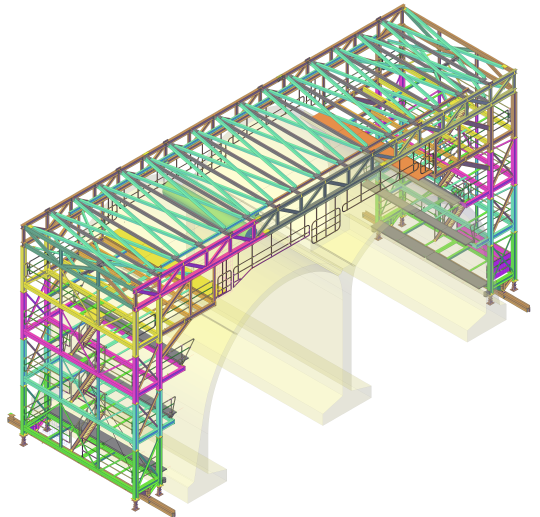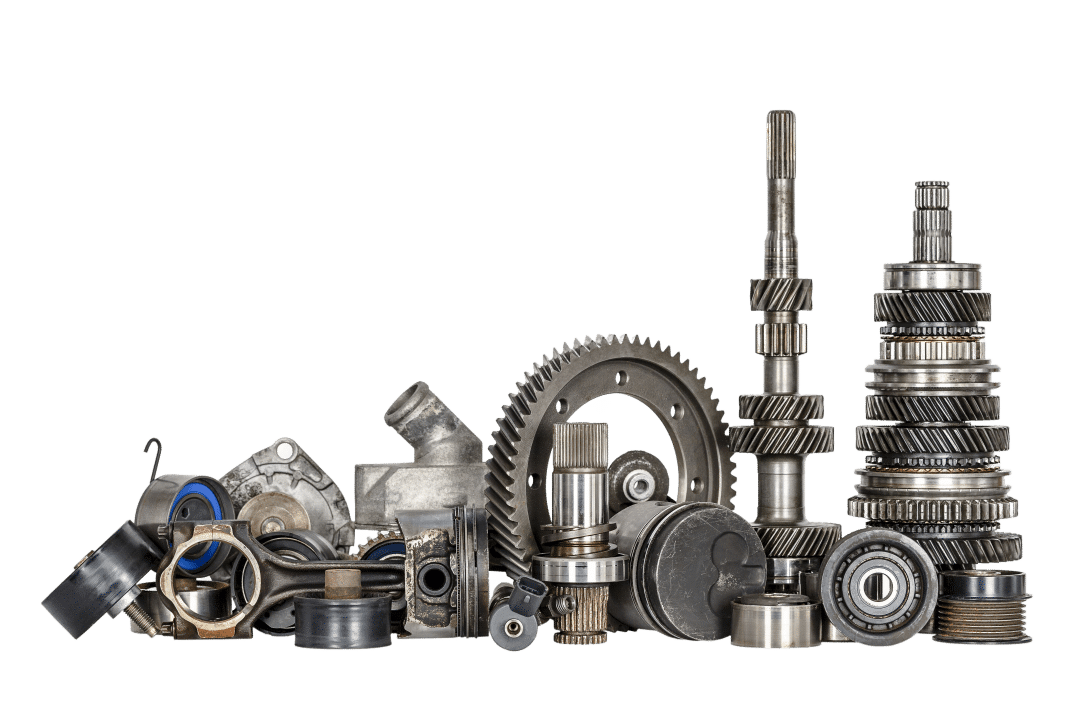Computer-aided design (CAD) has become one of the dominant methods of steel detailing in recent times. CAD offers a range of benefits, including time and cost-efficiency, increased accuracy and more flexibility for fabricators and contractors who use steel detailing services.
So, is CAD steel detailing the future of the industry? Read on to find out more.
What does traditional steel detailing involve?
Traditionally, steel detailing has entailed making manual drawings for fabricators and contractors, drafting these intricate designs with pencils, paper, and various drafting tools, like a drafting machine or a parallel bar. Historically, long before calculators were a part of the equation, steel detailers even used logarithm tables to make calculations!
However, the industry has evolved, and new digital technologies have begun to replace traditional methods that used to dominate the steel detailing industry. One such innovation is CAD design.
Why is computer aided design so helpful?
Computer-aided design or CAD gives detailers a significantly higher level of precision than manual drafting. It allows steel detailers to effortless work with 2D or 3D models to accurately visualise the construction. CAD does not present the barriers that manual drafting can offer, such as room for errors.
One of the greatest benefits of CAD is its high levels of accuracy, which is crucial for the contractors who subsequently use the designs in their work. Even a marginal error can cause a project to fail or set it back weeks or months. Therefore, every detail must be precise. CAD facilitates this precision simply because computers do not have the same tendency toward errors that humans do.
Ultimately computer-aided design allows for better quality drafting, and it can save on time and resources for any company that uses CAD steel detailing services. For companies working to deadlines with their construction projects, using a steel detailing service that works with CAD can ensure that your lead times are shorter and you achieve increased efficiency in your projects.
How can CAD steel detailing help in my construction business?
If your business is working on a construction project that involves the usage of steel-based structures, such as steel columns, handrails, braces, decking or beams, employing a steel detailer to draft plans is essential. Whether your project is a commercial one or a non-commercial one, steel detailers can draft the necessary designs that will ensure the smooth completion of your projects. You can use CAD software in the drafting of both small and large scale plans.
CAD software can ensure that your construction project is compliant with regulations
Alongside all the structural and design benefits that CAD steel detailing provides, you can glean the added benefit of ensuring that your project is legally compliant with all the necessary rules and regulations that govern the construction industry. You can rest assured that your construction work will comply with the highest industry standards. As CAD software is suitable for visualising both 2D and 3D drawings, it is extremely flexible to create a tailored solution for your company’s needs and requirements.
What does the future hold for steel detailing?
With the constant evolution of technology, CAD will likely continue to grow, develop and evolve to allow even more complex projects to be handled with ease. Developers are consistently working on new features that can boost the simplicity of computer-aided design. While some steel detailers still work with traditional methods, CAD is likely to continue to dominate, perhaps completely replacing manual drafting at some point in the future. There are simply too many benefits that CAD offers for it to be ignored.
For further enquiries, please don’t hesitate to contact our friendly team at Restoric Design.


